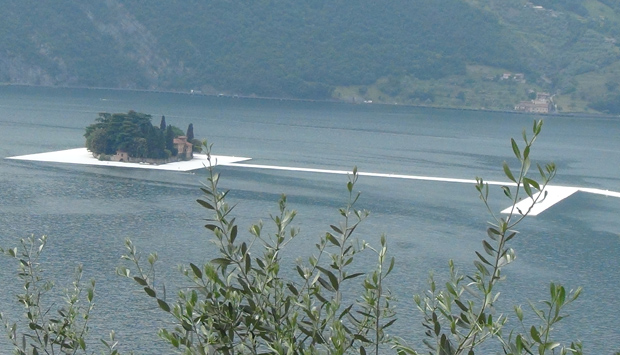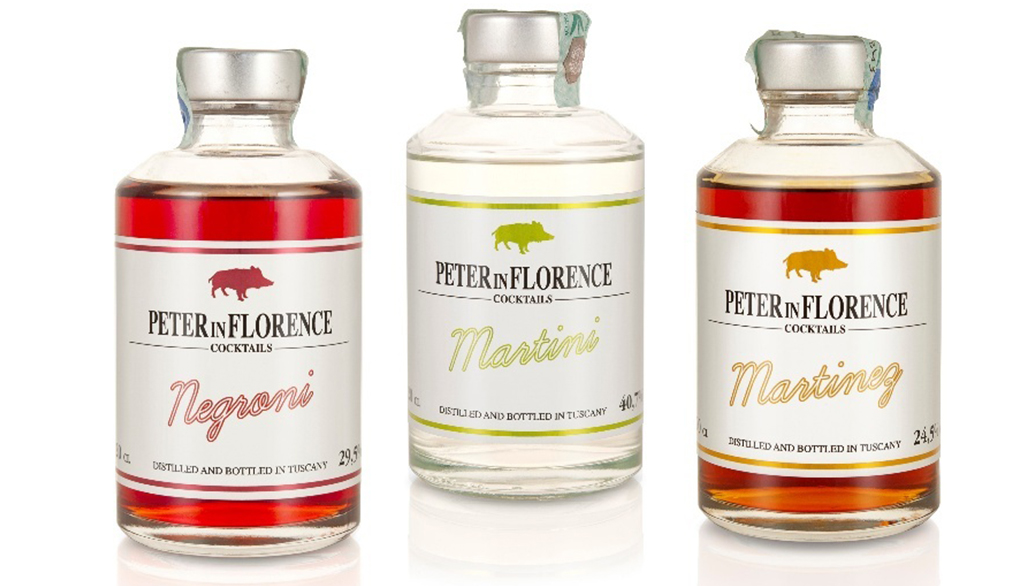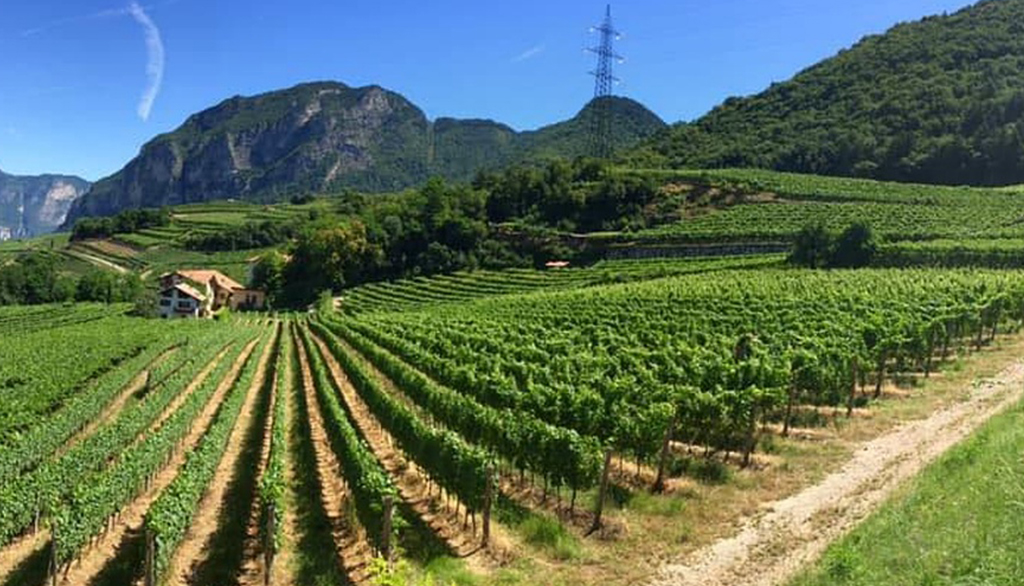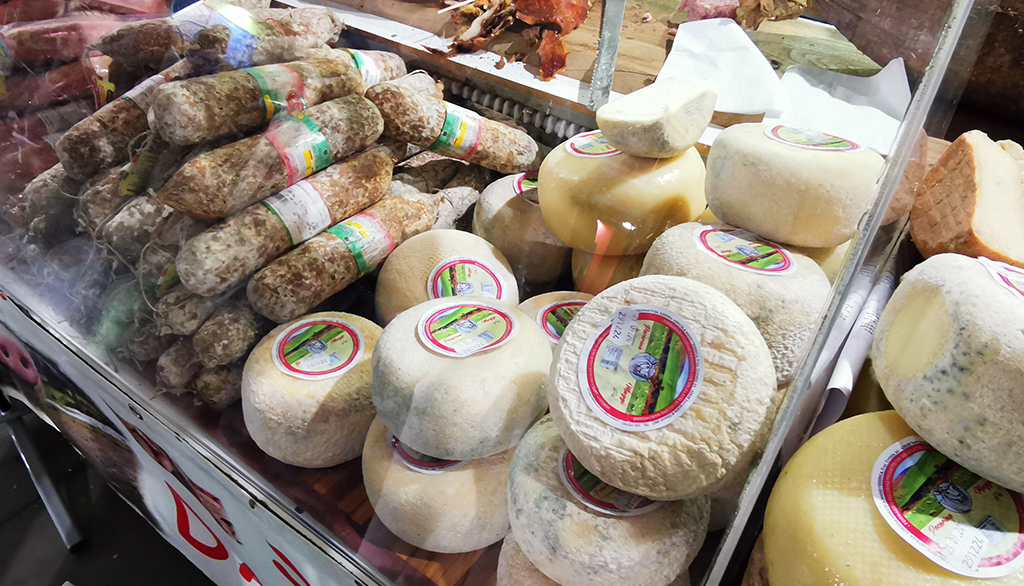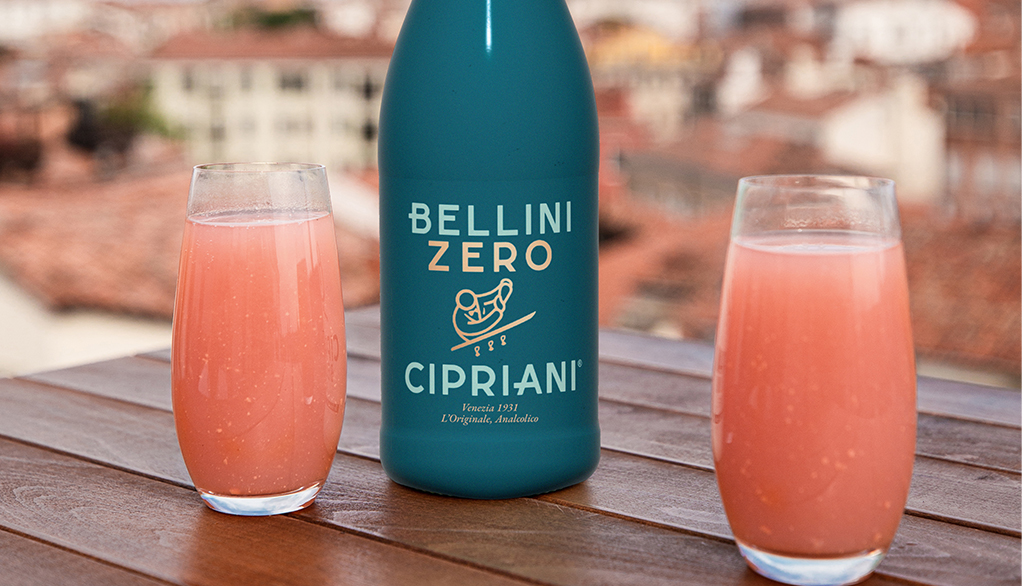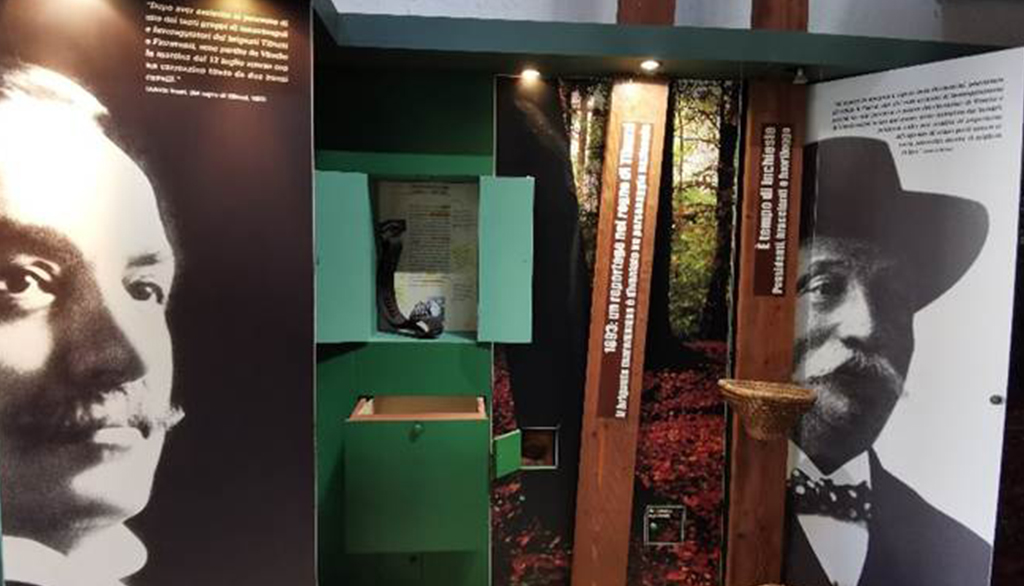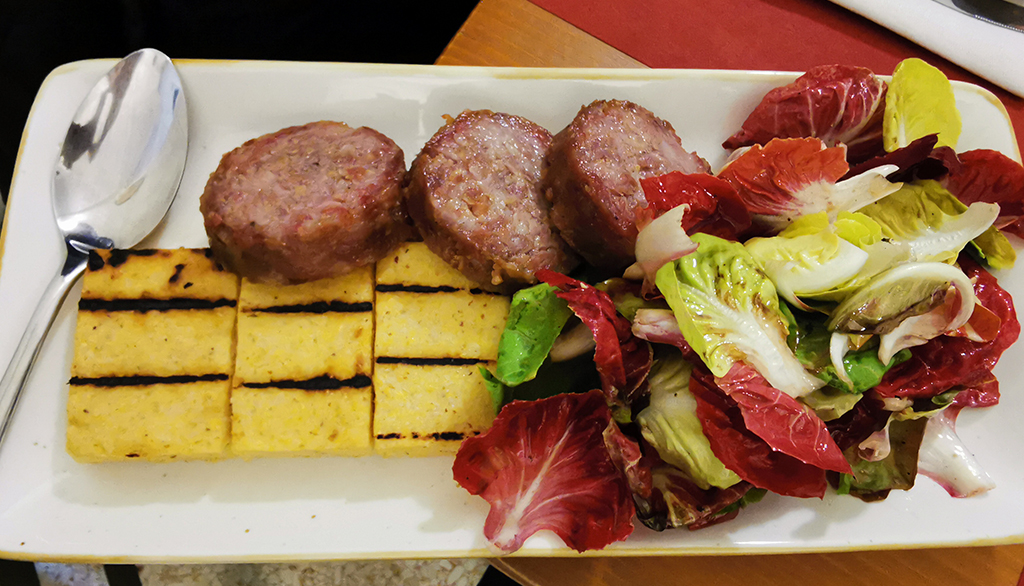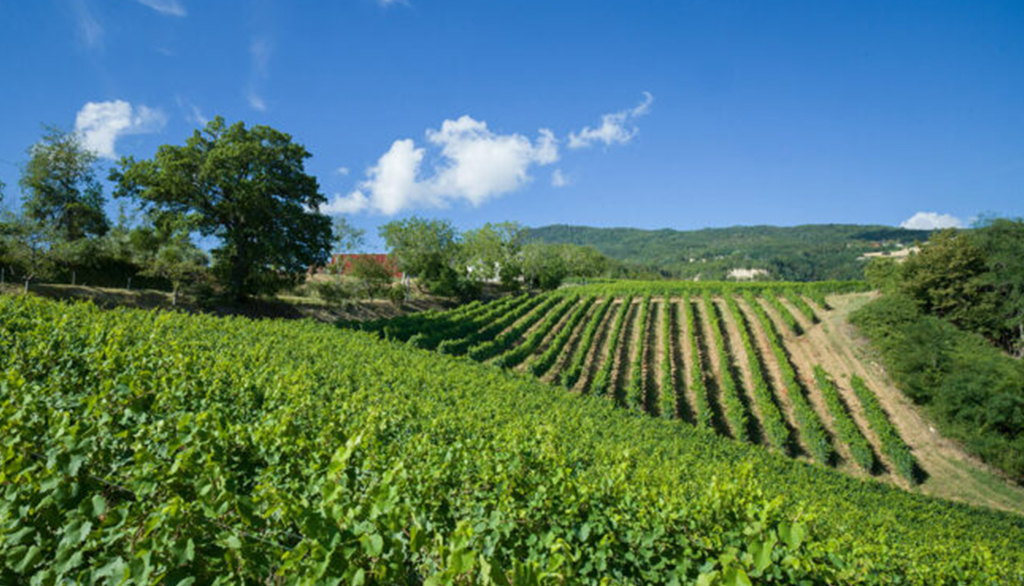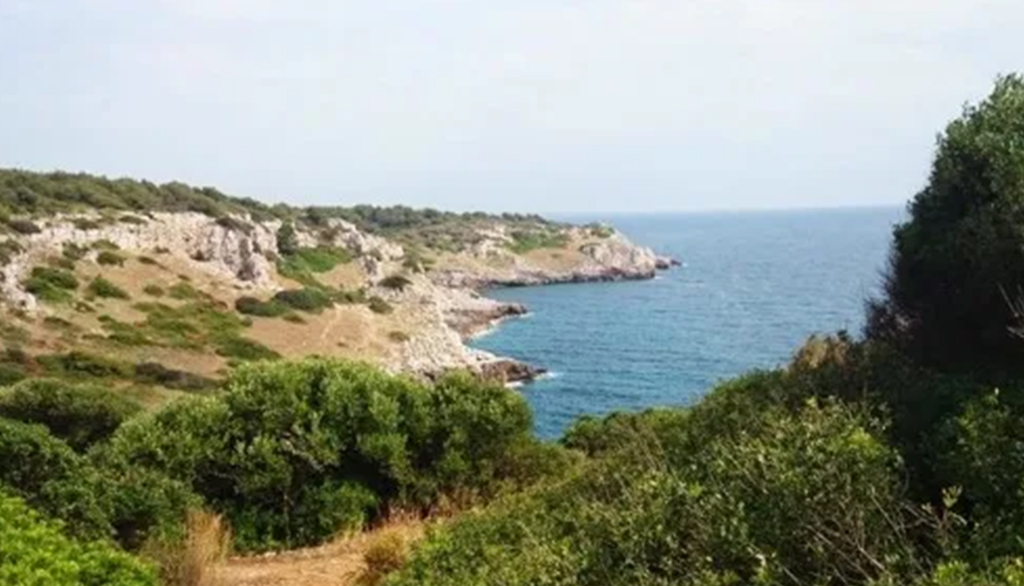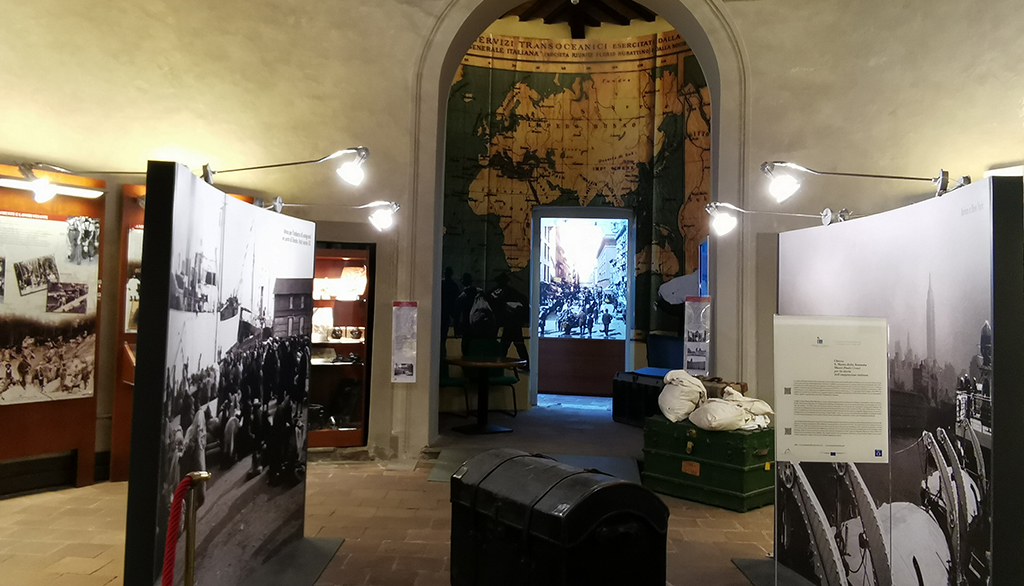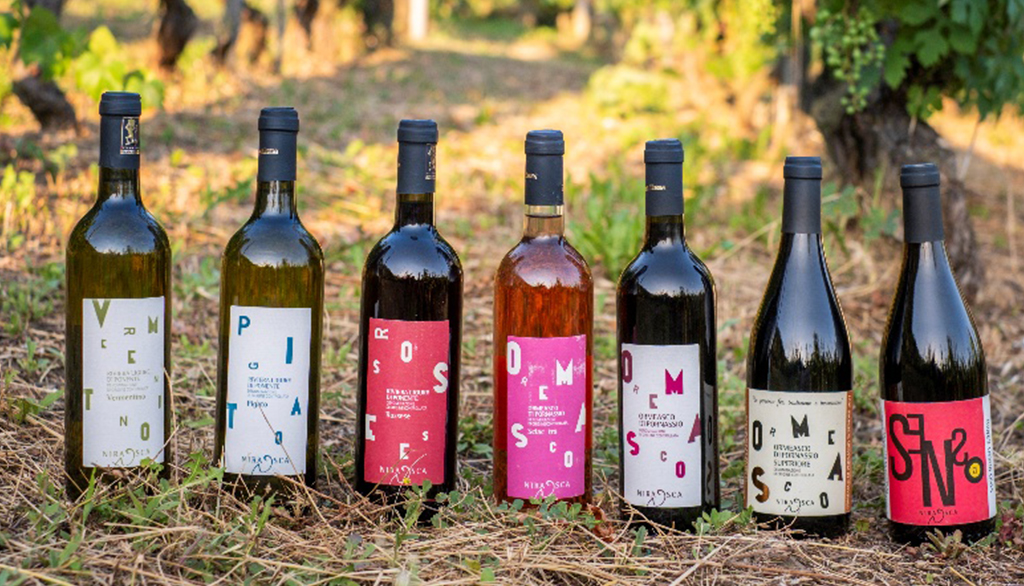Christo’s Floating Piers on Lake Iseo: the first pictures
![]()
Christo’s awaited floating work on Lake Iseo is bound to become the event of the year, at least in the Brescia area, even though it will be more of a tourist attraction than a work of art.
More than 500,000 visitors are expected to be allured by The Floating Piers, Christo’s new project in Italy aiming at reimagining Lake Iseo from June 18th to July 3rd.
During these sixteen days, “a 3-kilometer-long walkway will be created on Lake Iseo; the piers will be 16 meters wide and 35 centimeters high with sloping sides”, as we can read on the official website of the event: “The fabric will continue along 1.5 kilometers of pedestrian streets in Sulzano and Peschiera Maraglio”.
![]()
Visitors will have the chance to “experience this work of art by walking on it in its full length, from Sulzano to Monte Isola and then to the island of San Paolo”.
A bird’s-eye-view of the work is recommended, for example from the mountains surrounding the lake, while those who will walk on it will physically experience the Piers that “will rise just above the surface of the water and will undulate with the movement of the waves”.

Even though it is not officially mentioned anywhere on the project website, the time of the year chosen to implement this facility is very clever: the days from June 18th to July 3rd are the longest of the year, thus guaranteeing as many daylight hours as there can be. What is more, during the same days there will be a full moon, providing further natural light to the environment where the piers will be installed. All these details lead us to believe that the event is not only the result of creative afflatus, but it is part of a precise strategy.

The website makes it clear that “as with all of their projects, this work will be funded entirely through the sale of Christo’s works of art”: a kind of an unprompted excuse to reply in advance to an issue many people have been wondering about, that is, who will profit from this event.
We would have liked to analyze this matter with the press office in charge of the event, but our request has been ignored so far – could it be because they are all busy replying to people who e-mailed them “to buy the original works of other projects” or “to buy copyright pictures”?
Talking of pictures, here are the films of the work as it looks today, still a work in progress.
The idea of not allowing direct contact with the press, not even with professional journalists like we are, has probably been planned in advance. As a matter of fact, the website includes a FAQ section, providing answers to the presumably “frequently asked questions”. However, assuming that we all want to ask them the same questions is the most disheartening feeling for a journalist and his/her professional dignity, especially considering that we would ask the organizers very different questions from those listed in their dedicated section.
From the FAQs, we learn that Christo will not earn anything from his work and that he is paying for the entire costs: “he will earn all of the money through the sale of his preparatory studies and other works from the 50’s and 60’s. He does not accept grants or sponsorships of any kind, and he doesn’t accept viewing fees either”. “He doesn’t accept money for things like posters, postcards, books, films or any other products of this kind”, he adds.

We are then back to the original question: who will profit from the event?
So Christo doesn’t earn anything from the books… A naive statement: publications enhance the prestige of the people they deal with, and the increased popularity and reliability stemming from a book dealing with a particular artist allows him/her to have a remarkable gain in terms of reputation, which will certainly result in a professional and economic benefit, much more profitable than publishing copyrights.
Anyhow, in the smartest hotels overlooking Lake Iseo, a volume about the preliminary works to The Floating Piers makes a fine showing, at the price of 20 Euros. 20 Euros for a book about a work of art that doesn’t even exist yet.
Hotelkeepers are particularly excited about the event, as after all this is what it is all about. Bookings are going on swimmingly, and there will likely be many sold out dates.
Otherwise, the inhabitants of the area have mixed feelings.
Traders whose business is located right next to the walkway are rejoicing at the golden opportunity they have with shops and restaurants. On the contrary, their competitors who have business not that close to the points of access to the floating piers are turning up their nose.
People are concerned mostly about the expected restrictions to access the involved areas. Sulzano will obviously be under tight security for weeks, and cars will have no access: visitors will need to use shuttles and trains, and the Regional Railway Company TreNord has already prepared a special offer for the occasion.

People working in Monte Isola seem to be more worried than the others, both because the lake navigation will inevitably be hampered, and because those hordes of people on such a small island will do everything but help the daily work of those who are not interested in tourism.

We are puzzled from a cultural and social point of view, instead.
Lake Iseo will undoubtedly be in the spotlight thanks to this event, but we wonder if proper info on this lake environment will be provided. Will this horde of visitors, drawn into this event somehow recalling the shows taking place in water parks, be aware of the place where it will find itself, maybe for the very first time?

Will anyone tell them that this region’s history is based on the humble, yet extremely noble lives of its fishermen? Will anyone explain them about its rural traditions? Will anyone advise them to taste the local wine and food?
Or will restaurant keepers and waiters be asked for sea breams and sea basses, while the area is rich in freshwater lake fish? In other words, will this event generate any form of conscious tourism at all?

Regardless of Christo, Monte Isola should actually entice hordes of visitors for what it is and for its genuine beauty. In just a few square kilometers, we find an example of Slow Food (Desiccated Lake Sardine), a unique meat like the salami of Montisola, as well as one of the major activities in the world for the manufacturing of fishing and sports nets, witnessed also by the must-see Museum of the Net.
We did not need floating piers to notice these treasures: some curiosity and a greed for knowledge would have been enough.

Christo’s work is the last and the least of reasons why we should visit Lake Iseo’s shore belonging to the province of Brescia, and particularly Monte Isola.
Hopefully, people who are going to visit these places will put the fleeting walk on the floating piers behind them and will focus mainly on what will be left: the true art of everyday living in one of the most beautiful and history-filled lake landscapes in the world.
Info: www.thefloatingpiers.com
If you want to receive free news about Christo’s Floating Piers on Lake Iseo: the first pictures, fill in the box below with your e-mail address and sign up:
